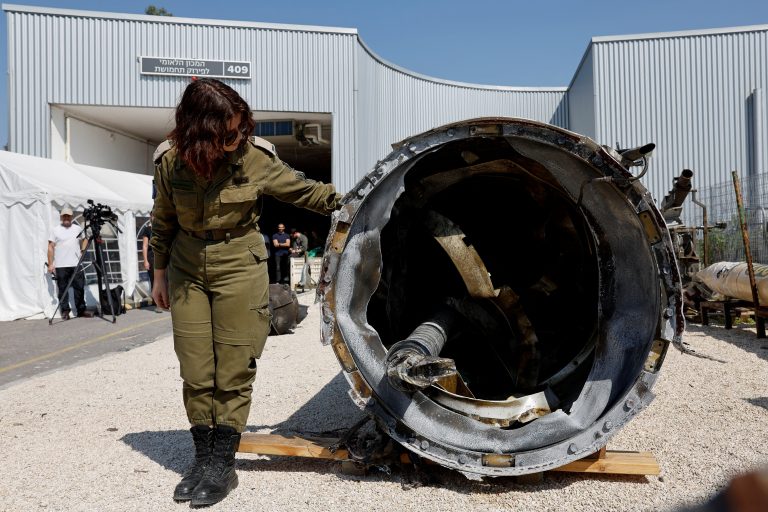In the 31 days since Jan. 21, France has recorded less than one millimeter of rainfall across the entire country tying a record set in April, 2020 and significantly exceeding the previous record for a winter dry spell of 22 days set in 1989, France’s weather service Meteo France said on Feb. 21.
The record dry spell is being blamed for fires that burned through 60 hectares near Perpignan earlier this month as well as fires in the Bouches-du-Rhône area around Marseille.
The lack of precipitation is also raising concerns about groundwater levels, which provides the country with drinking water and water used to irrigate crops, following a severe drought that impacted France and much of Europe last year.
The country relies on winter rains to replenish groundwater levels however, the Office of Geological and Mineral Research (GRGM) said it was “pessimistic” about groundwater levels come the summer.
Some relief is in sight however with rain being forecasted for the southern regions of the country on Feb. 22.
Success
You are now signed up for our newsletter
Success
Check your email to complete sign up
While the federal government continues to work on a national water plan, departments in the south of France have implemented water restrictions for the region.
France Meteo said, “France is experiencing a worrying meteorological drought. Since August 2021, every month has seen a rain deficit, except for December 2021, June 2022 and September 2022,” Radio France Internationale (RFI) reported.
READ MORE:
- Widespread Flooding Offers Little Relief for Drought-stricken California
- Great Salt Lake Projected to Disappear Within 5 Years, Leaving Toxic Dust Bowl
- CCP Orders Officials to ‘Produce Artificial Rainfall’ to Combat Drought
Italy on drought alert
Weeks of dry winter weather have raised concerns that Italy could face another summer of drought as water levels on Lake Garda in northern Italy fall to record lows, making it possible to reach the small island of San Biagio on the lake via an exposed pathway.
According to scientists and environmental groups, the Alps have received less than half of their normal snowfall, and Italian rivers and lakes are suffering from a severe lack of water with attention focused on the north of the country.
The Po, Italy’s longest river which runs from the Alps in the northwest to the Adriatic has 61 percent less water than normal at this time of year.
In July, 2022, the country declared a state of emergency for areas surrounding the Po, which accounts for roughly a third of the country’s agricultural production and suffered its worst drought in 70 years.
An anticyclone has been dominating the weather in western Europe for 15 days, bringing mild temperatures more typical of late spring.
Latest weather forecasts do however signal the arrival of much-needed precipitation and snow in the Alps in the coming days.

Europe faces risk of more drought
According to the Copernicus climate monitor, Europe experienced its third warmest January on record in 2023 after Italy, Spain, the UK and France all set temperature records in 2022.
Low rain and snowfall across the continent means Europe will face the impact of low water levels on farming, drinking water availability and energy generation.
In Venice, where flooding is typically the primary concern, low tides are making it impossible for gondolas, water taxis and ambulances to navigate the cities’ infamous canal network.
The low water levels in Venice are being attributed to a number of factors including a lack of rainfall, a high pressure system that moved through the region, a full moon and sea currents.
Climate expert, Massimiliano Pasqui, of Italian scientific research institute, CNR, was quoted as saying by daily Corriere della Sera, “We are in a water deficit situation that has been building up since the winter of 2020-2021. We need to recover 500 millimetres in the north-western regions: we need 50 days of rain.”
Reuters contributed to this report
















